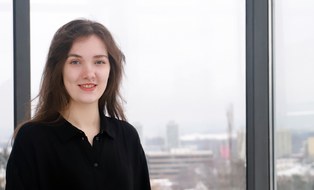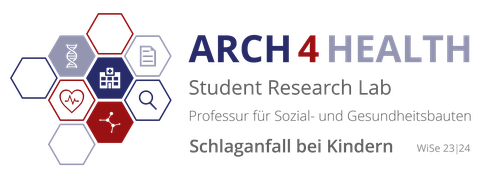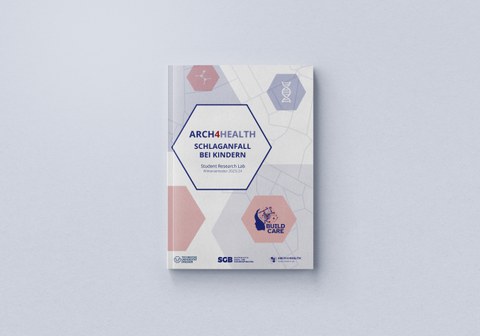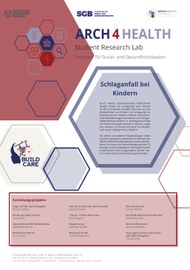Stroke in Childhood
Even though it may seem surprising, even children can be affected by a stroke. Worldwide estimates fluctuate between 1 and 8 new cases per 100,000 children per year. With this incidence, childhood stroke is considered a rare condition. Although it is assumed that children recover better from a stroke than adults, this is often not the case. Most of them have lifelong cognitive, physical and behavioral impairments.
A stroke significantly alters the lives of children and their families. The path of a stroke from recognition to diagnosis and treatment is usually very individual. After the acute phase in the hospital, recovery is often continued in rehabilitation clinics, outpatient therapies or at home. The care landscape for children with strokes is very broad. Parents in particular describe discharge from hospital as a time of uncertainty and helplessness. They often have the feeling that they are on their own and have to choose the appropriate treatment and therapy options from countless possibilities for their child.
As part of the EU research project "BUILD CARE - Building Support for Children and Families Affected by Stroke", the Chair of Social and Health Care Buildings and Design is currently analyzing and further developing forms of care for children with stroke. The ARCH4HEALTH Student Research Lab is making a contribution to this.
In the first part of the seminar, the students worked together to identify where and how the diagnosis, treatment and care of children with stroke takes place. Based on this mapping of the care landscape, individual questions were developed in the second part as to how the spatial needs of children with stroke can be optimally implemented in the various healthcare facilities. The developed concepts were summarized in a joint publication. This is intended to serve as a basis for planners to minimize architectural barriers for children with stroke and their families and to better take their needs into account in the design of the care landscape.
The volume containing the results of the student research projects is available for free download on Qucosa.
ARCH4HEALTH Student Research Lab
Volume 5
Schlaganfall bei Kindern
ISBN: 978-3-86780-785-2
DOI: https://doi.org/10.25368/2024.298

© SGB

© SGB

© SGB

© SGB

© SGB

© SGB

© SGB

© SGB

© SGB

© SGB

© SGB

© SGB

© SGB

© SGB

© SGB
Architectural ideas were developed in so-called "impromptu designs" alongside the scientific research. Leisure facilities for children with stroke were examined in detail, focusing on creating inclusive and barrier-free design concepts for swimming, sports and climbing centers. The students were tasked with considering the different needs of children after a stroke. The goal was to create multisensory solutions that enable all children to actively participate in leisure activities. The results of the impromptu designs can be seen in the slideshow below.
Contact person for questions
 © SGB
© SGB
Research Associate and PhD Student
NameDipl.-Ing. Anne-Sophie Schoß
Send encrypted email via the SecureMail portal (for TUD external users only).
Chair of Social and Health Care Buildings and Design
Visiting address:
BZW, 1. OG Raum B112 Zellescher Weg 17
01069 Dresden













































